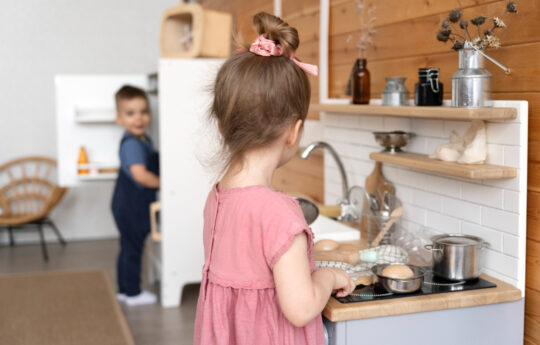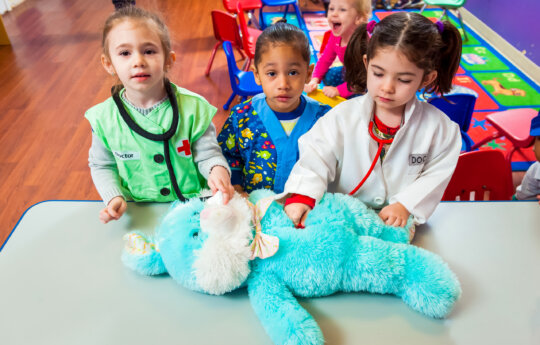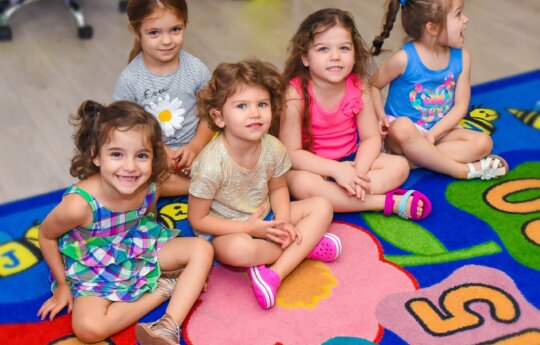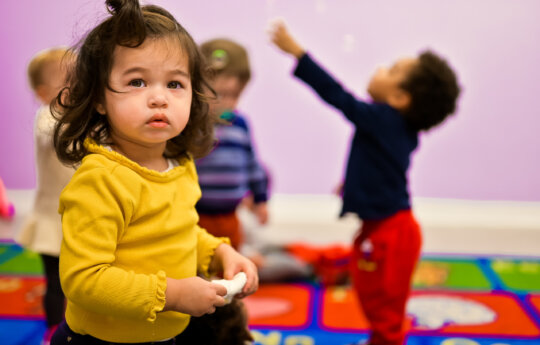
During the cold and flu season, find out how to stop the spread of illnesses in schools. Utilize this guide as a checklist to efficiently clean the school’s grounds and choose the best materials to reduce the transmission of germs during the purchase process.
Schools are essential in preventing the transmission of viruses during the cold and flu season and protecting the health of staff, instructors, and students. However, their capacity to uphold effective sanitary standards is frequently hampered by a lack of resources and conflicting goals.
At a startling $25.2 billion a year, illness-related teacher absenteeism places a heavy financial burden on schools, underscoring the significance of making hygienic standards a top priority. To lower the danger of spreading sickness, use this guide’s practical methods to develop and follow effective safe daily care practices for toddlers with asthma or allergies.
Why Allergy and Germ Awareness Matters in Early Education
A significant study conducted in 2015 discovered that infants at “high risk” of acquiring peanut allergy, those with severe eczema and/or an egg allergy, were protected against peanut allergy by early peanut introduction followed by consistent, regular meals. A follow-up study of the same children conducted more recently revealed long-lasting protection.
Start by writing to your child’s school to inform them about their food allergy self-care. Request meetings with the members of the school staff who will be involved in the planning. This frequently comprises the principal, the primary instructor, or the district or school nurse.
Learn:
- Because classrooms are high-contact settings, allergies and pathogens can spread swiftly.
- To lower risks, educators emphasize proper food practices, handwashing, and surface cleaning.
- Children who have peanut allergies, asthma, or other sensitivities are better protected when there is awareness.
- Youngsters pick up good habits early on, such as concealing coughs and washing hands before eating.
- encourages a welcoming, safe atmosphere where all kids can engage in activities with assurance.
Little Scholars advises you to take specific actions to get ready for every school year. Include them in your yearly school schedule. As your child grows older and learns to handle their food allergy on their own, you might not need to go through each stage every year.
Learn about our health and safety routines in preschool classrooms here.
Understanding the Needs of Children with Food Allergies and Asthma
From eczema to potentially fatal allergic reactions (like asthma), what causes food allergies can lead to a variety of issues. Fish, shellfish, peanuts, tree nuts, cow’s milk, eggs, soy, wheat, and sesame seeds are common triggers. Food allergies are more likely to develop in infants who have an allergic sibling or at least one biological parent, particularly if the infant already has asthma, allergic rhinitis, or atopic dermatitis.
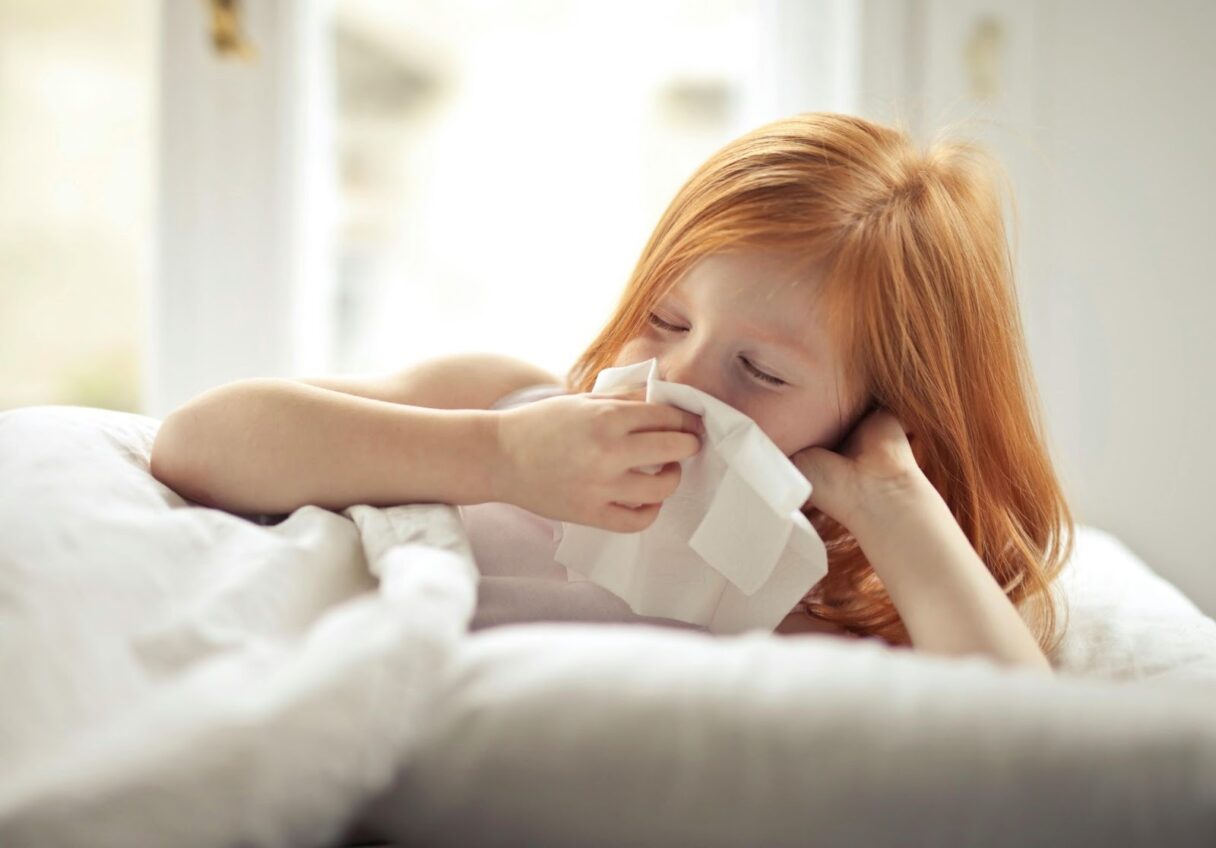
After less allergic foods have been tolerated, eggs, dairy, peanuts, tree nuts, fish, and shellfish can be progressively added (in the proper forms) within the same four to six-month period. Delaying the introduction of these foods may actually make your kid more susceptible to allergies in kids. If the baby has a peanut-allergic sibling or experiences allergic reactions, such as moderate to severe eczema, an allergist should be consulted.
Supporting Children with Asthma in Group Settings
Allergies can appear at any age and can be challenging to identify. A child may not exhibit any symptoms of an allergy at the age of one, but by the time they are three or even five years old, they may have a severe allergy. New foods and materials are introduced to infants and toddlers, which can reveal allergies that the kid, family, and caregivers were previously ignorant of. While the child is under your care, these allergies might initially manifest.
Regular communication with parents and healthcare providers ensures that individualized care plans are followed, including medication schedules and emergency protocols, allowing children with asthma to participate fully in daily activities without unnecessary risk.
Read out how Little Scholars builds health, kindness, and community values.
Allergy-Smart Strategies Every Classroom Should Follow
There should be a school health care plan for each student who has dietary sensitivities. Your child’s allergies, common symptoms, medications, and what to do in the event of symptoms are all listed in this plan. It might also include instructions for school personnel on how to avoid allergic reactions.
When you meet with the school, discuss:
- The kids allergies and other medical issues of your child
- The signs and symptoms of your child’s anaphylaxis action plan
The school health care plan will be developed or updated in collaboration with the student’s parents/guardians, the school staff (usually the district nurse or school nurse), and the child’s main care physician (e.g., pediatrician) or specialist care physicians (e.g., allergist). Together, determine what kind of care plan is appropriate for your child.
How to Create a Peanut-Free and Allergen-Safe Environment
To keep classrooms peanut-free and safe, teachers should:
- Establish allergy-safe areas and look for allergens in food and supplies.
- Post reminders about allergy regulations and set an example of safe behavior for kids.
After speaking with the nurse or school representative, schedule a meeting with your child’s teacher or teachers to discuss managing food allergies in the classroom.
Emergency Response Plans for a Child Peanut Allergy
For toddlers with peanut allergies, it’s essential to:
- Make sure you have a personalized plan of action and drugs on hand.
- Teach employees to spot symptoms and act fast.
- Use distinct utensils, keep handwashing habits consistent, and keep an eye on snack times.
As your child gets older, teach them how to manage their food allergies. Discuss with your child’s physician if your child is old enough to carry and use their own epinephrine.
Germ-Smart Habits: Teaching Clean and Healthy Routines
We have nutrition tips and allergy-safe lunch ideas for busy families. For children, the fundamentals of excellent personal hygiene are:
- They wash their hands.
- Activities include bathing and showering, cleaning and flossing teeth, using the toilet, washing and brushing hair, and covering one’s mouth when coughing.
You will have to assist your youngster in developing and implementing healthy personal hygiene habits. These will become increasingly critical as kids become older and approach puberty.
It’s crucial to be able to talk openly and honestly about being clean. This will assist you in managing more difficult personal hygiene concerns that are likely to arise when they are teenagers.
Washing hands
Regular hand washing will help keep your youngster healthy. It also prevents kids from spreading infections to other children.
Encourage your youngster to clean their hands with soap and water for 20 seconds. This is approximately how long it takes to sing happy birthday twice.
Your child should wash their hands:
- To avoid cross-contamination, people should wash their hands after using the restroom, before eating or cooking, after blowing their nose, sneezing, or coughing, after touching animals, and if their hands appear dirty.
Explain to your youngster that even if they cannot see the germs, they are still present.
Washing and brushing their hair
Many children dislike having their hair washed or brushed. If this is the case, ask your child what they dislike about hair washing. You can discuss ideas to help.
Allow younger children to use goggles or a flannel to prevent water from entering their eyes.
Your child’s hair should be washed once to twice per week. If their hair is really oily or they do a lot of sports, they may need to wash it more frequently.
Allow your youngster to brush their own hair if at all possible. Keep in mind that different hair types need different kinds of maintenance. Children frequently get head lice and nits.
Explore our NYC childcare centers with certified safety standards.
Inside Little Scholars: Our Proven Health and Safety Standards
Little Scholars implements comprehensive, evidence-based health and safety protocols designed to reduce environmental and health-related risks in early childhood settings. Classrooms follow strict sanitation schedules using non-toxic cleaning agents, and high-touch surfaces are disinfected multiple times daily. Ventilation systems are maintained to ensure air exchange and minimize airborne irritants that can trigger asthma or allergies.
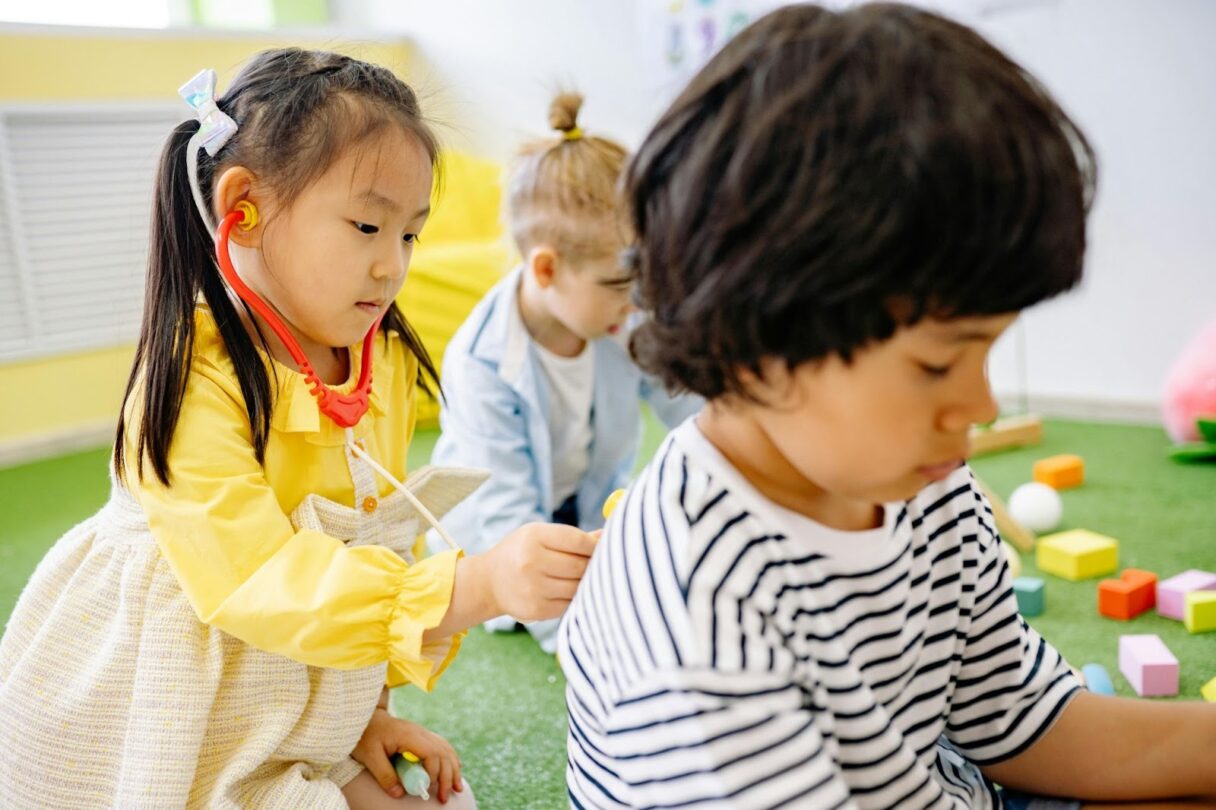
As part of our commitment to child safety, wellness, and inclusive care, all educators complete certified training in pediatric first aid, CPR, allergy management, and asthma response, ensuring consistent adherence to individualized health care plans.
Preventive measures, including routine hand hygiene, food allergen controls, and incident documentation, are systematically applied and monitored. These technical standards align with state licensing requirements and national early childhood health guidelines to maintain a safe, compliant, and responsive learning environment.
Trained Educators and Preventive Health Protocols
Every school handles food allergies differently. Additionally, your child’s demands will evolve as they progress through each grade level. Every time they transfer schools, whether it’s from elementary to middle to high school or to a different school and/or district, they should review the school planning process.
Managing triggers and creating calm environments for sensitive toddlers, 504 plans must be evaluated within a school district at least every three years, unless the agency and parents agree otherwise. Or, if circumstances change or a parent or teacher requests an evaluation, they ought to be revisited as frequently as once a year. The plan must be reviewed by the new district when a student transfers. They have to stick to the plan if they still believe it is suitable. Otherwise, they have to assess the pupil and create a new strategy.
Conclusion
Children with food allergies or asthma receive consistent, timely care thanks to tailored care plans, parent collaboration, and ongoing staff training. To help assure your child’s safety, get in touch with your school right now to go over their health and allergy policies, make sure care plans are current, and talk about how you can collaborate with teachers to keep the classroom safe.
Enroll your child in a safe, nurturing, and allergy-smart learning environment.
FAQ
How many children have food allergies?
The most prevalent triggers for food allergies, which affect about 1 in 13 children in the United States, are peanuts, tree nuts, milk, eggs, and shellfish.
How can I help my child with a peanut allergy?
A clear allergy action plan, training your child to avoid peanuts, making sure safe foods are served at home and at school, and ensuring that teachers and caregivers are prepared to react in the event of exposure are all ways you can help.
How do I know if my child has a peanut allergy?
Following peanut exposure, symptoms could include hives, swelling, vomiting, coughing, or trouble breathing. To confirm the allergy and offer advice, a pediatrician or allergist can conduct tests.
What’s the protocol if a child peanut allergy reaction is suspected?
Employees should call emergency services, give epinephrine if prescribed, follow the child peanut allergy plan, and promptly alert the parents. It’s crucial to recognize and react quickly.
Which snacks are safest for a toddler peanut allergy at school?
Fresh fruits, vegetables, yogurt, cheese, and other foods that are clearly marked as being free of peanuts and tree nuts are examples of safe snacks for toddler peanut allergy. Avoid cross-contamination and always read ingredient labels.
How are staff trained to recognize symptoms in children with asthma?
Employees are educated to implement emergency action plans, which include giving inhalers as necessary, and they are taught to recognize early warning signs including coughing, wheezing, shortness of breath, or chest tightness in a toddler with asthma.
What daily routines support a toddler with asthma during play and rest?
To avoid asthma flare-ups, daily routines include keeping an eye out for triggers during outdoor activities, making sure inhalers are available, promoting frequent rest and drinking, and modifying play intensity as necessary.

